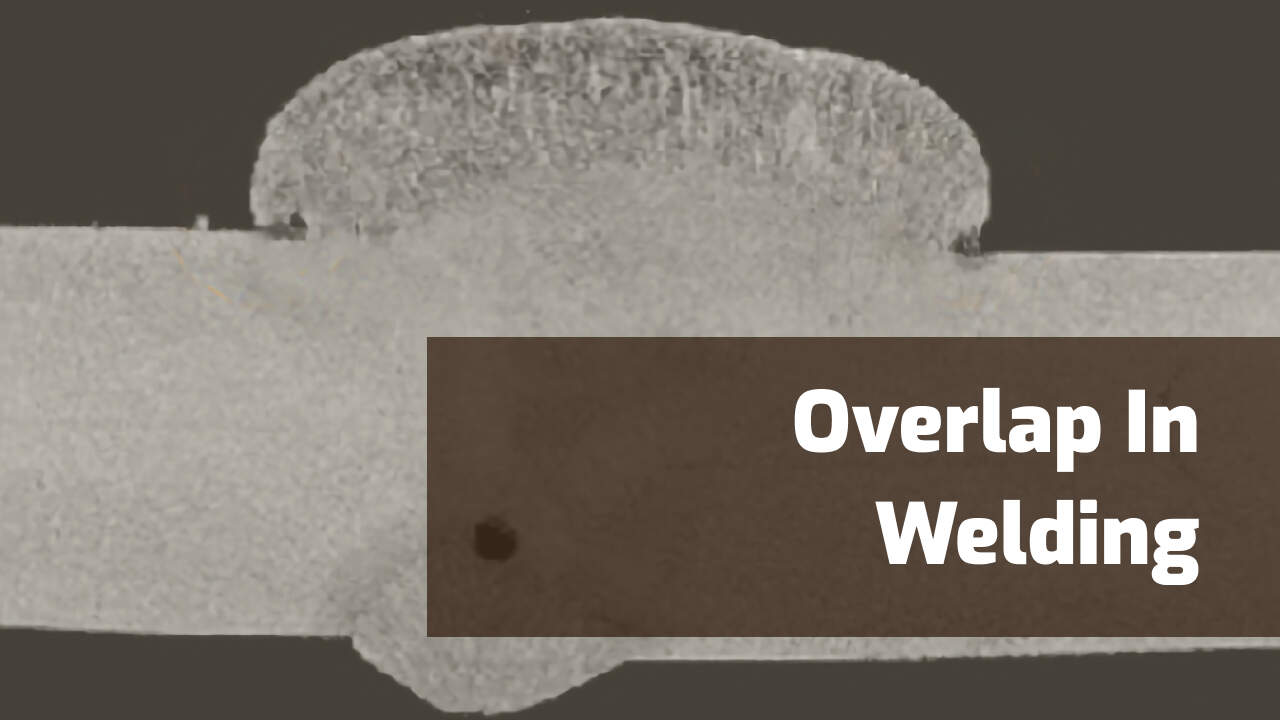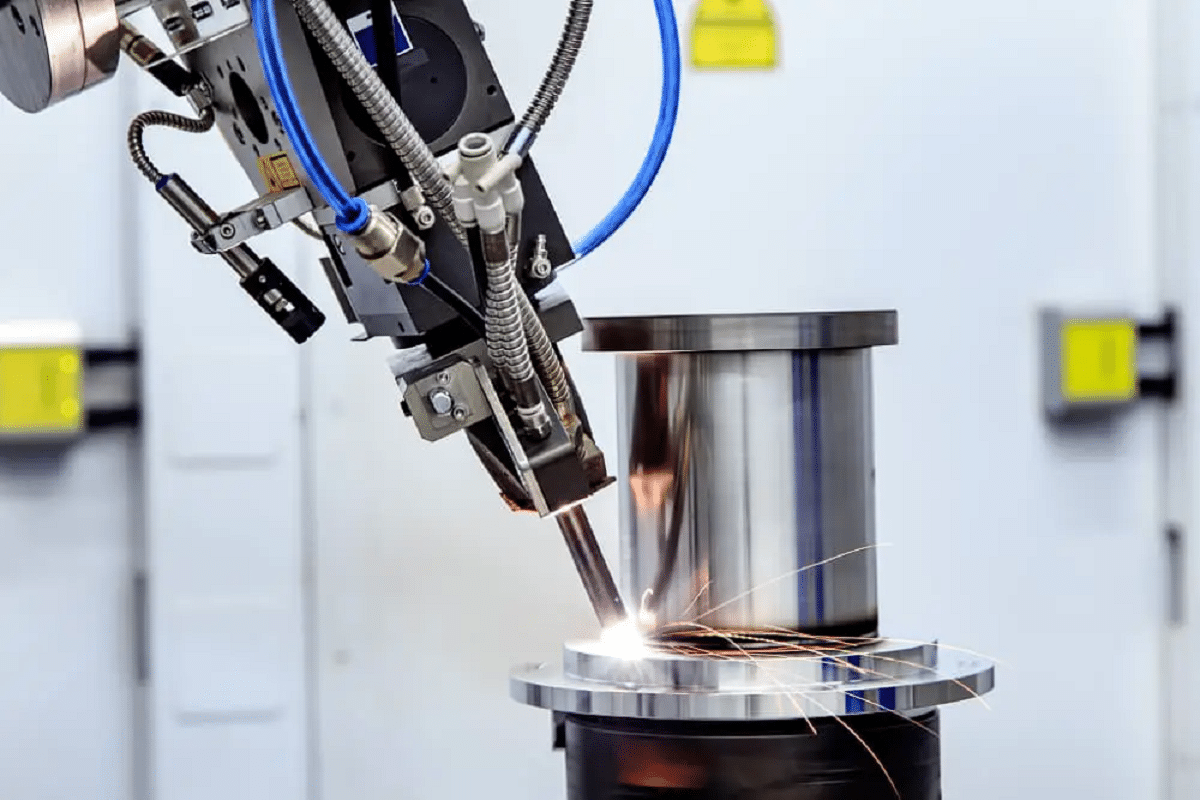Preventing Weld Undercut: Proven Approaches Every Welder Must Know
Wiki Article
Comprehending the Causes and Solutions for Undercut Welding in Metal Construction Processes
In the realm of metal construction processes, the occurrence of undercut welding positions a considerable difficulty that demands an extensive understanding of its causes and practical services. The elaborate interplay of various factors throughout welding procedures can result in this undesirable phenomenon, influencing the architectural stability and general high quality of the bonded joints - Preventing weld undercut. By exploring the root causes of undercut welding and checking out effective remedial actions, makers can raise the requirement of their workmanship and ensure the manufacturing of flawless steel componentsCommon Reasons of Undercut Welding
Frequently ignored in steel manufacture, undercut welding takes place due to various elements that demand careful interest and experience to be effectively reduced. Furthermore, incorrect welding methods, such as utilizing the incorrect welding angle or travel speed, can likewise contribute to undercut formation. The choice of welding parameters, such as voltage, current, and wire feed speed, plays a significant role in the occurrence of undercut welding.
Impact of Incorrect Welding Parameters
Imprecise welding criteria can dramatically endanger the honesty and high quality of bonded joints in metal fabrication processes. The influence of wrong welding criteria manifests in various means, bring about architectural weaknesses and defects in the bonded parts. One important element impacted by improper welding criteria is the infiltration depth of the weld. Insufficient warmth input because of low welding currents or excessively high traveling speeds can result in poor combination between the base steels, causing incomplete joint infiltration and deteriorated bonds. On the other hand, excessive warmth input triggered by high welding currents or slow traveling speeds can bring about excessive and burn-through support, producing a brittle and unpredictable weld structure. In addition, inaccurate parameters such as inappropriate voltage settings or wrong electrode angles can add to irregular weld bead accounts, lack of blend, and enhanced opportunities of problems like damaging. For that reason, thorough interest to welding criteria is critical to make certain the production of high-quality welds with the preferred mechanical residential or commercial properties and architectural integrity.Effect of Improper Torch Angle
Improper torch angle in welding operations can considerably affect the high quality and stability of the final weld joints in metal construction processes. The torch angle plays an important function in figuring out the warm input and distribution during welding. When the torch angle is incorrect, issues such as undercutting can emerge. Damaging is an usual welding flaw where a groove develops along the weld toe, deteriorating the joint and jeopardizing its structural integrity.A torch angle that is also high can cause inadequate penetration, insufficient combination, and enhanced spatter. On the other hand, a lantern angle that is as well shallow can cause too much penetration, burn-through, and distortion of the base material. Preventing my review here weld undercut. Correct torch angle is important for ensuring regular weld high quality, strength, and look
To stop undercutting and various other problems triggered by incorrect torch angles, welders have to be trained to keep the right torch angle throughout the welding procedure. Regular surveillance and modification of lantern angles during welding can help accomplish sound welds with very little defects.
Duty of Inadequate Welding Techniques

An additional facet of poor welding strategies is inappropriate weld prep work. Insufficient cleaning of the base metals, incorrect joint layout, or not enough side preparation can all contribute to undercut welding. Insufficient shielding gas coverage or making use of the incorrect type of gas can result in insufficient blend and the formation of undercut defects.
To address the duty of insufficient welding techniques in steel construction processes, it is important to give detailed training for welders. Appropriate education and learning on welding criteria, joint preparation, and securing gas choice can help protect against undercut welding and make sure top quality welds in steel construction projects.
Efficient Solutions for Undercut Welding
Dealing with undercut welding in steel construction calls for executing effective options to enhance weld high quality and structural stability. One of the main solutions to deal with undercut is to adjust welding specifications such as voltage, current, and travel rate to guarantee correct heat input go to website and combination. By fine-tuning these settings, welders can stop too much melting of the base metal and filler product, reducing the probability of undercut development.Additionally, appropriate joint prep work is important in protecting against undercut. Guaranteeing clean base steel surface areas devoid of impurities and making use of the suitable bevel angle can assist advertise better weld penetration and minimize the threat of undercut - Preventing weld undercut. Employing appropriate welding methods, such as weaving or oscillating the lantern, can also help in dispersing warmth evenly and filling the weld joint effectively, decreasing the possibility of undercut problems
Additionally, choosing the proper welding consumables, consisting of electrodes and filler steels, is essential in reducing undercut. Utilizing materials with proper chemical make-ups and mechanical properties can add to achieving sound welds with minimal undercut. Regular inspection and quality assurance steps ought to likewise be executed to discover and attend to undercut problems quickly, guaranteeing the general integrity of fabricated metal parts.

Verdict
Finally, recognizing the reasons and services for undercut welding in metal fabrication procedures is critical for attaining top notch welds. By attending to typical causes such as wrong welding criteria, incorrect torch angle, and inadequate welding strategies, welders can stop undercutting and ensure solid, long lasting welds. It is important to take note of these variables and carry out efficient solutions to boost the general welding process and last product top quality.
Report this wiki page